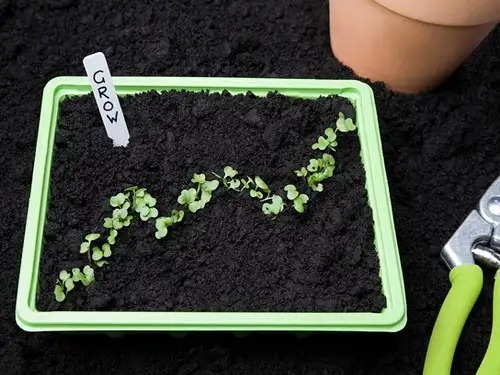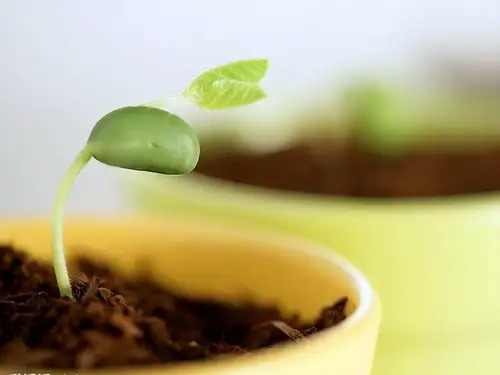What kind of soil is good for growing flowers?
From: Flower Growing Knowledge Theme Site Author: Ren Yuanyuan 2014-05-11 20:01
Because flowers and plants have different habits and different requirements for soil, the soil should be selected reasonably.

1. Sandy soil: It is soft, non-alkaline, and has good drainage. It is most suitable for cutting, sowing, and seedling raising of flowers and trees, but it is easy to dry out and is not suitable for planting woody flowers.
2. Street soil: It can be selected and used only after being fully fermented. Because it has a certain fertilizer effect, it is suitable for planting perennial flowers and trees, and is more suitable for
planting crabapples, figs, and pomegranates. 3. Colloid granular soil: Because of its large gaps, good drainage and ventilation effects, and low soil temperature, less evaporation of water and fertilizer, it is better for planting Michelia, jasmine, etc.
4. Farmland and vegetable garden soil: It is a semi-colloidal and semi-sandy soil, containing a certain amount of humus, with good fertilizer effect, which is more beneficial for planting evergreen plants such as pine, cypress, and palm.
5. River mud, grass ash, and hillside leaf humus: This type of soil is loose, fertile, rich in humus, and acidic. It is very beneficial for the cultivation of potted flowers such as Clivia, Amaryllis, and Rhododendron.

What kind of soil is suitable for potted flowers?
Most of the flowers grown at home are potted. Since the roots of potted flowers can only move in a very small range of soil, the requirements for soil are more stringent than those for open-field flowers. On the one hand, the nutrients are required to be as comprehensive as possible, and the limited pot soil contains the nutrients needed for the growth and development of flowers and plants; on the other hand, the soil is required to have good physical and chemical properties, that is, the structure should be loose, the water holding capacity should be strong, the pH should be appropriate, and the fertilizer retention should be good.
Because of this, when growing flowers, you should try to choose a neutral or slightly acidic soil with a good aggregate structure, loose and fertile, good water retention and drainage performance, and rich in humus. This kind of soil is light in weight, large in pores, air circulation, and rich in nutrients, which is conducive to the development of the root system of flowers and the healthy growth of plants. If flowers are planted in heavy clay soil with poor ventilation and water permeability, or in pure sandy soil that lacks nutrients and has poor water and fertilizer retention, or in alkaline soil, it is easy to cause growth weakness or even death for most flowers.
However, the soil conditions mentioned above are not available in any natural soil, so potted flower soil needs to be artificially prepared. This kind of culture soil is made by mixing two or more soils or other matrix materials in a certain proportion according to the different growth habits of flowers and plants to meet the needs of the growth and development of different flowers.